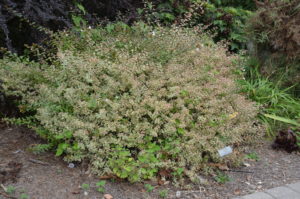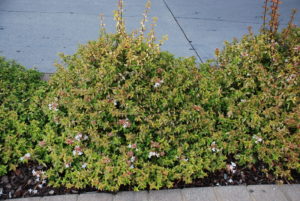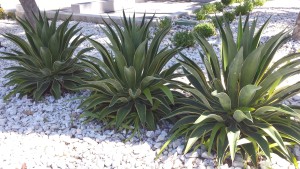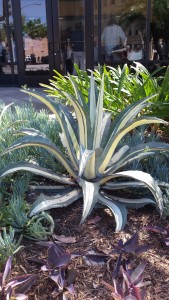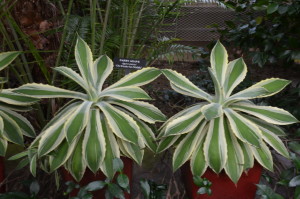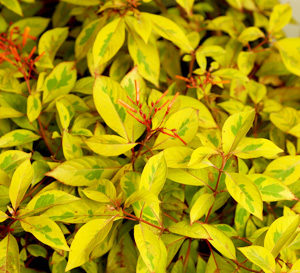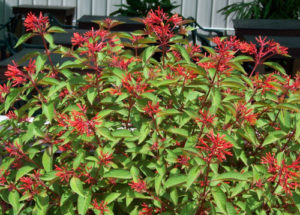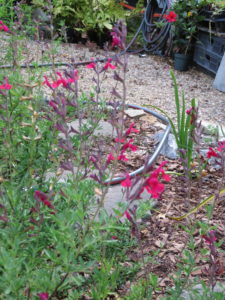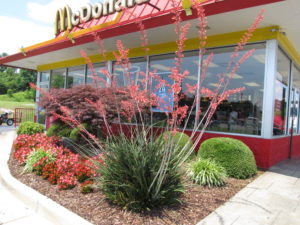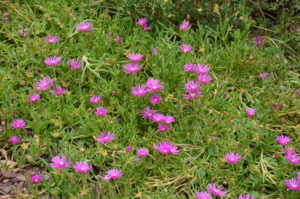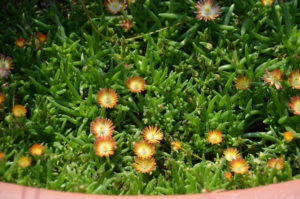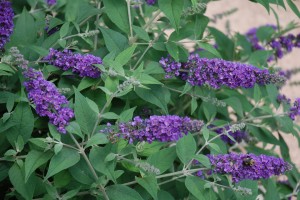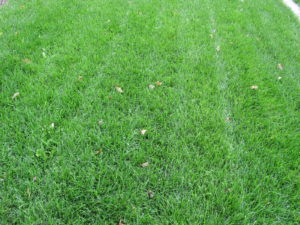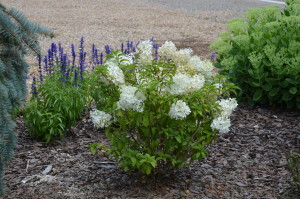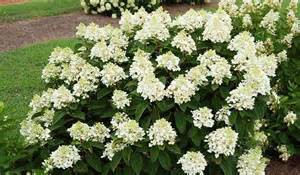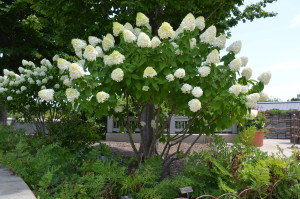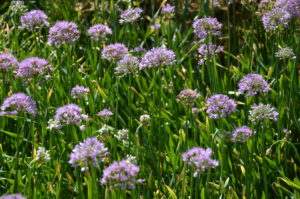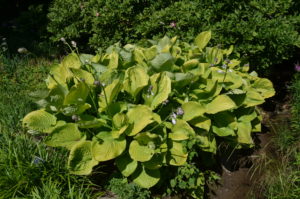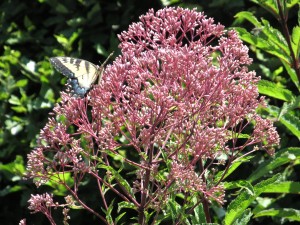Flowering abelias (Abelia x grandiflora) come in all shapes and sizes (USDA hardiness zones 6-9). Over the past decade the ground cover types have become very popular. They’re also utilized as accent plants in large containers. In zones 7 -8, they are evergreen.
The term “ground cover” is used here to emphasize cultivars that grow low, mostly wider spreading than tall. From late spring to early fall, almost four months, white tubular flowers (pink in bud) are in bloom. Flowers attract a wonderful assortment of bees and butterflies to any landscape.
Abelias grow in average, well drained soil and in full to partial sunlight (6-hours minimum) for best flower numbers and leaf color expression. Plants are exceptionally heat and drought tolerant after 1st year. Feed 1-2 handfuls of 10-10-10 or equivalent granular fertilizer per plant in late winter or in spring. Mulching plants is recommended. Pruning is not a big chore. Remove unwanted and dead branches at any time and cut back aberrant leaders (suckers) to maintain uniform plant height.
Flower abelias have demonstrated very good resistance to drought, diseases and insects. Deer generally don’t bother them, but will eat them in a pinch.
Leading Variegated Leaf Forms:
‘Kaleidoscope’ is currently the most popular in the ground cover category. It grows 2 to 3 feet tall and 3 to 4 feet spreading. In the spring its new variegated foliage is vibrant green in the center and creamy yellow along the edges. Summer foliage is very golden-yellow and does not burn in the summer heat. In the fall foliage becomes a colorful blend of red, orange, green, and yellow.
‘Confetti’– offers finely textured medium green, variegated creamy white and pink foliage. Pale pink tubular flowers appear in summer into fall. This rounded, semi-evergreen shrub grows about 3 feet tall and 4 feet wide.
‘Mardi Gras’ – white to pale lavender flowers with pink tinge; dark green with creamy white edge that turns dark pink to red in fall; Leaves are mostly white, green centers, and edged in salmon-pink. Foliage takes on a golden tint in winter. Shrub grows to only 2.5 to 3 feet tall and 3-4 feet in spread.
‘Silver Anniversary’ – grows 3 feet tall and 3-4 feet in spread. It has highly glossy, creamy white-variegated grayish green leaves which develops an outstanding burgundy color in fall.

